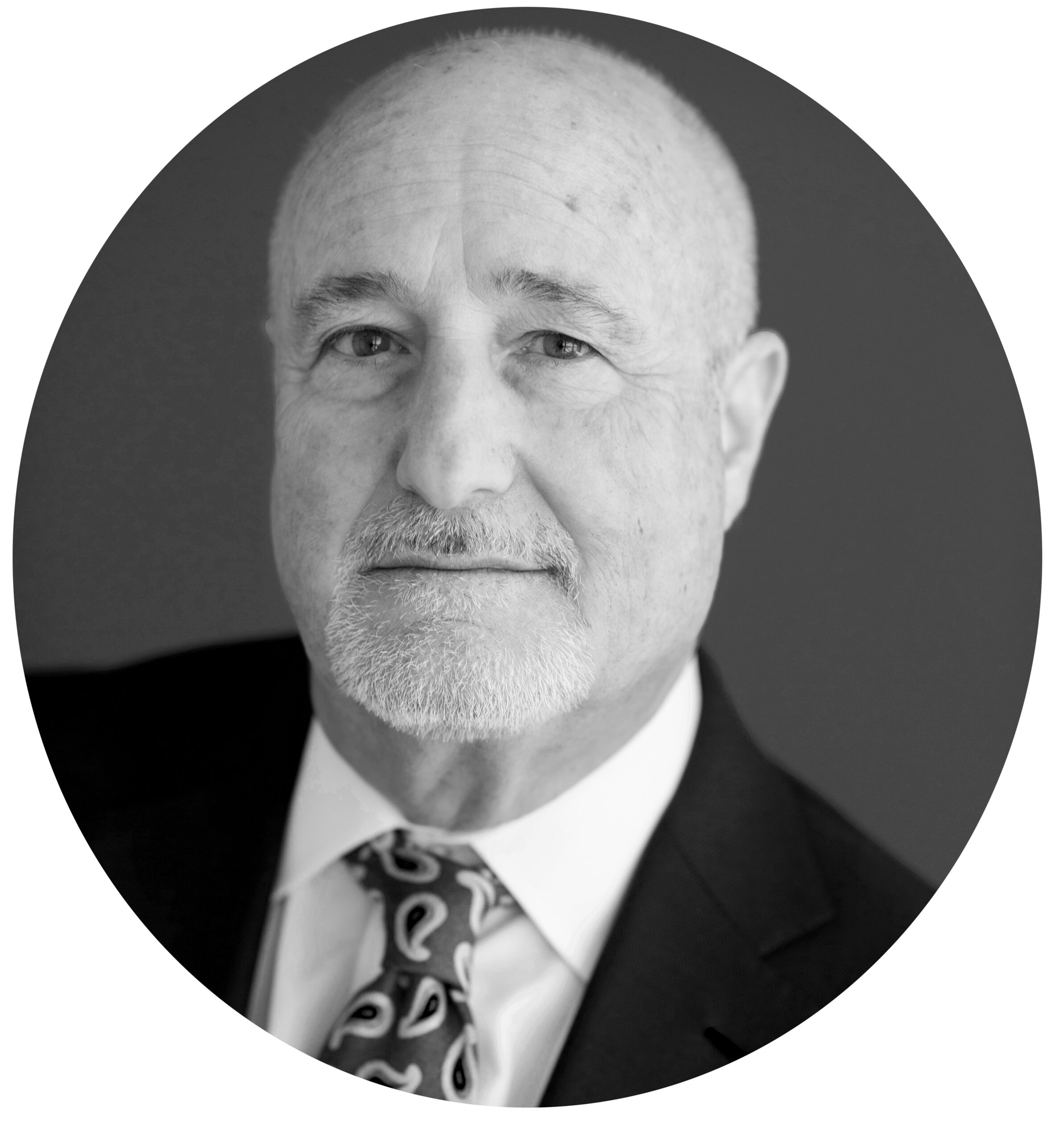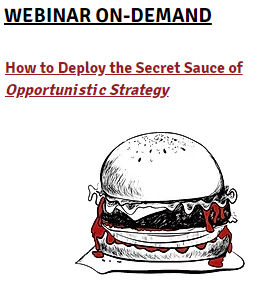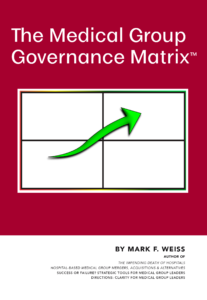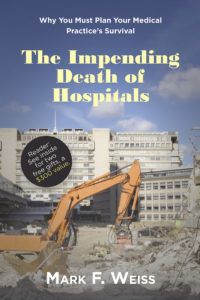Years ago, I met someone who ran a food concession business at a large public venue, a county fair ground.
The prices that he could charge, say, for a hot dog, were set by contact with the county. His costs, though, were determined by the market.
As you might imagine, he soon got squeezed, squeezed hard. Costs rose while prices remained constrained.
Chances are, you’re in the same business, you’re just selling healthcare instead of hot dogs.
Your prices are set by way of contracts with payors, are subject to the limits of government reimbursement, or are tied to provisions of exclusive contacts requiring plan participation.
In “normal” businesses, owners can grow their enterprise by increasing the price, by acting to stimulate their customers’ frequency of purchase or the size of purchase.
Entrepreneurial physicians in more elective focused specialities, dermatology, for example, can stimulate frequency of patient visits and can venture into non-insured lines of business that present opportunities for premium pricing and for multiple procedures.
Those physicians in less elective, or non-elective, practices may lack the easy ability to increase patients’ out of pocket expenditures or even frequency of purchase (for example, ER docs can’t easily offer a special on one’s second broken arm), but do have the opportunity to stay on top of renegotiating their payor agreements and in seeking to expand the scope of their practices to other offices and other facilities — that is, as long as the reimbursement at those locations warrants the expansion.
And, for all medical groups, there are ways to deconstruct what it is that you do and then construct new lines of business from it.
The alternative is to become a de facto public utility, but without the ability to use monopoly power to obtain a rate increase. Heck, that’s like selling price-regulated hot dogs at the county fair.




